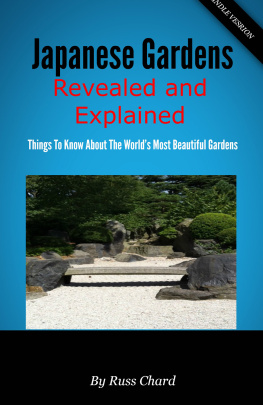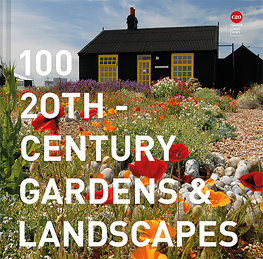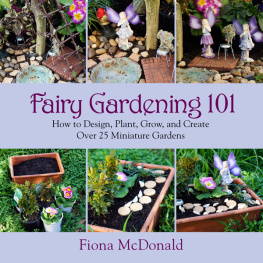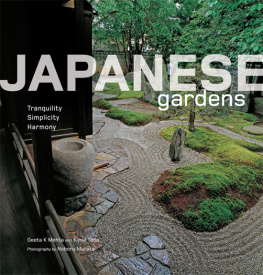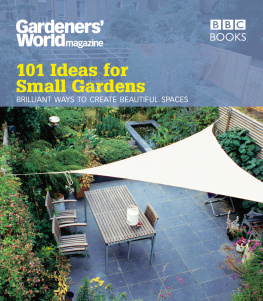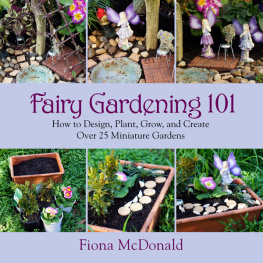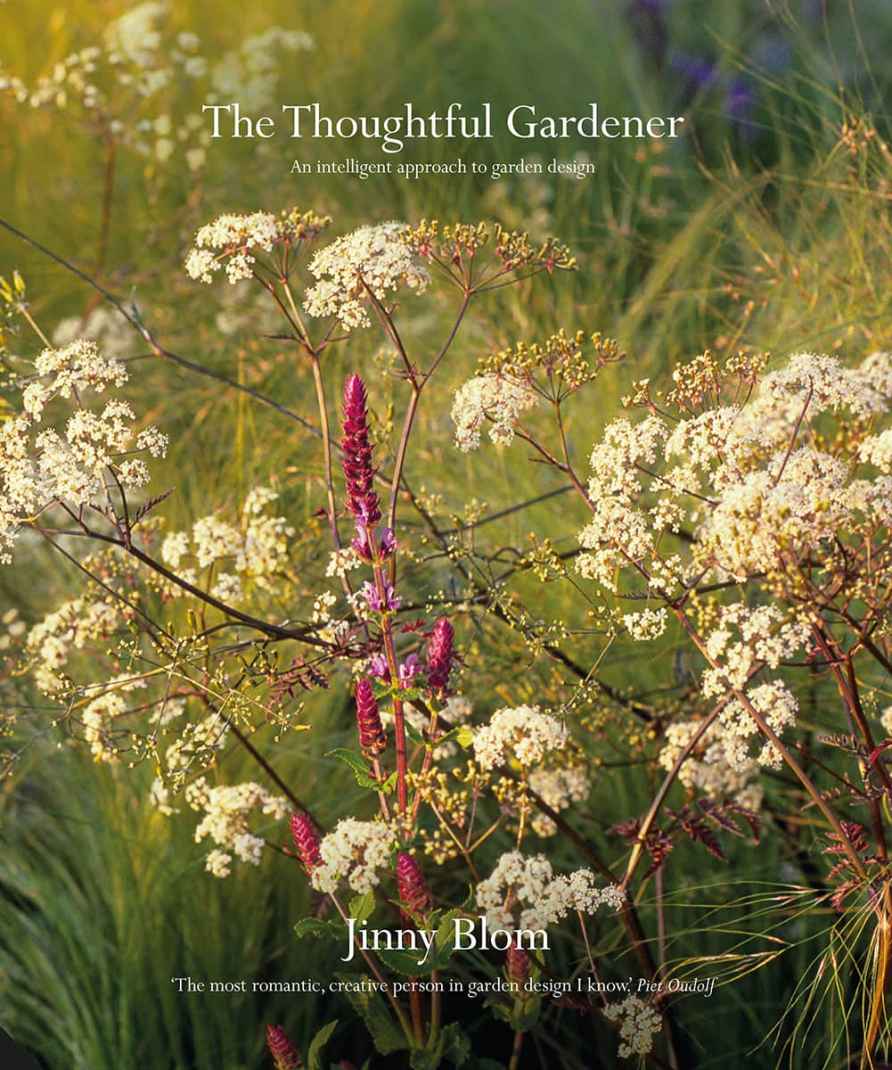Choosing how to end the garden was easy. Estate railing and a sweep of beautifully managed floral grassland were sufficient.

The loose informality of planting below the Rosa glauca all but hides the sturdy oak gate in the old wall. Softly clipped Quercus ilex draw the eye and suggest there is more to discover.
Rare is the garden book, like this one, that makes the reader feel personally included as a friend in a long conversation with the writer. We set out with the author Jinny Blom as she interweaves early family experiences, including childhood visits to Hidcote Manor and an uncles vineyard in France, and moves inextricably, though unexpectedly at first, to a full-blown life as a landscape designer on an international scale. Her education evolves from the worlds of literature and the arts, as well as previous work as a psychologist, and frequent references say to Thomas Hardy or Cy Twombly and others reveal the breadth of her intrinsic knowledge.
Like Lancelot Capability Brown, whom she lauds for his estate management in the 18th century, Blom is herself a cultural geographer who scopes out the historical features of paths, gates and antiquated farm buildings on a given property prior to drawing up a plan that proceeds almost instantaneously, a process fascinating to follow. Whether in town or country, with either single or multiple garden areas, Blom establishes architectural enclosures, like Cotswold drystone walls, prior to the overlay of her signature, beautifying horticulture, thus creating what she calls environments for intimate experiences.
In the end, Blom radiates a humanistic approach to landscape design, combining her fascination with physical traces from former lives with her ultimate concern for present owners and the transforming effects of gardens. While she subscribes to traditional features like topiary, pleaching and espaliered fruit trees, and stitches together native plants with other ornamental species and grasses with year-round interest, her romantic borders possess a contained but natural simplicity that speaks of modernity. By generously sharing her theories, and teaching us how to read the land, Blom has set forth an unforgettable, sui generis narrative that thankfully demonstrates that she is, in her own words, unmoved by fashion.
Paula Deitz
Editor, The Hudson Review
Waking up
How it all began
Why am I writing a book?
The route of my life has always unfolded as I walked. I wasnt born with a clear path before me. I had my anagnorisis, my critical discovery about myself, at the age of 36 when I was comfortably ensconced in a career I loved. I use the term deliberately, because if you choose to follow an uncharted path, then the outcome is far from certain.
I was on holiday in northern Spain, in the Picos de Europa. The Picos Mountains are very inaccessible and remote, or at least they were, and are best navigated on foot. Each day I set off up a mountain track alone. Sitting on a rocky outcrop to rest one day I watched two old men on the other side of the steep narrow valley making hay. They scythed the small, near vertical meadow in easy strokes from one side to the other, rolling the resulting neat cylinder of hay downhill before them. I was mesmerized by the process. At the bottom of the meadow a silent donkey stood tethered to a tiny high-sided cart made of ash wands bound together with leather straps. The men finally hoisted their sausage rolls into the cart and off they went. The scythe marks left on the scalped meadow were beautiful, like fish scales in a childs drawing. I watched the empty meadow a while more and set off. Along the path I encountered beautiful plants scattered here and there. There were exquisite hellebores with tiny flowers, Helleborus viridis subsp. occidentalis to be precise. They had a character all of their own up here in the rocks. A little further on were pinging electric blue eryngiums. I made a note in my pocket book and hunted around for seed. They were so attractive and far surpassed any wild flowers Id seen in England.
It is very freeing to remove erroneous things and feel the essential character of a place sing out. I strive for the clarity it brings.
I was mulling about the hay meadow almost constantly during my walks and came across one that was uncut. It was absolutely crammed with different species and not very many of them were grass. Finding some suitable sticks, I marked out a square meter or so and started to count what I found in it. It amazed me. There were over a hundred species. Ive always been captivated by plants and have a fascination for wild plants and their uses, so this was deeply absorbing and many hours flew by. As I walked on I thought about domestic herbivores if they lived on a diet of this hay, they would be ingesting a banquet of herbs every day. Their milk would be incredible, filled with flavour and health. The term herbivore took on a refreshed meaning. In appalling Spanish Id spoken to an old woman in the local market who explained that until very recently the Picos had been almost entirely cut off from the rest of Spain as it is accessed through a difficult gorge. She said that they hardly used money, had no electricity and lived by bartering food and materials. They had everything they needed.
For days I walked and walked, lost in thought. As I rounded a corner I snapped awake. In front of me, below a hazel, was a clump of Digitalis parviflora , the little brown-flowered foxglove. I was stunned and excited. Unbelievably excited! Id never seen it in the wild before, only in books.
That night I had a vivid dream. I was in a crowded football stadium filled with screaming fans. Beside me a small child I didnt know was trying to get my attention. He was insistent and inaudible. Eventually I bellowed out into the stadium: Will you all please be quiet the child wants to say something. Silence. I bent down and he whispered: Please may I be a gardener? It might sound daft but that was that.
Returning home I went back to my job but something was stirring that I couldnt still. Always obsessed with plants I was now on fire with them. The eryngium Id found, naturally convinced I was the only person to have ever seen it, turned out to be on sale through the Royal Horticultural Society as Eryngium bourgatii Picos Blue!
Over the next couple of months a great rumble of events took place, supported and provoked by good friends. Specifically, I was spending a lot of time with John Harris OBE and his wife Dr Eileen Harris, architectural scholars, historians and landscape historians, and Eileen a great gardener. With John and Eileen constantly telling me I should be gardening, I felt it rude to gainsay them! Protesting that I couldnt give up my sensible job as a psychologist, I found I couldnt make an argument for keeping it. Having resigned my post, I began designing gardens two days later. It was a leap of faith, literally, and not just for me but also for my early clients who now laugh with me about my shy earnestness.


